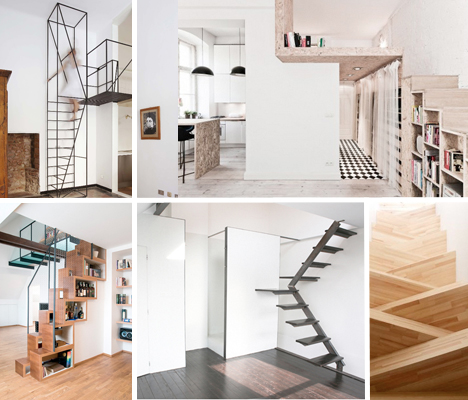Staircase Safety Features Every Home Should Have

While often overlooked in residential design, staircase safety features can prevent countless accidents. The National Safety Council reports that over 1 million injuries occur annually from stair-related falls in the U.S. alone. These essential safety elements protect all users, from toddlers to seniors.
Fundamental Safety Components
These features should be incorporated into every staircase design:
- Consistent Dimensions: Variations in rise/run height greater than 3/8" significantly increase fall risk.
- Proper Handrails: 34-38" height, continuous along entire flight, with 1.5-2.5" graspable diameter.
- Adequate Lighting: Minimum 50 lux illumination at tread level, with switches at both ends.
- Non-Slip Surfaces: Coefficient of friction ≥0.5 on treads, especially critical near entries.
Advanced Safety Technologies
Modern innovations offer enhanced protection:
Cutting-edge solutions include:
- Pressure-Sensitive Nosing: LED-lit edges that activate when stepped on.
- Anti-Slip Coatings: Nano-particle treatments that maintain traction even when wet.
- Fall Detection Sensors: Advanced systems that alert caregivers if a fall occurs.
Child-Specific Protections
Homes with young children require additional precautions:
- Safety Gates: Hardware-mounted at top and bottom (pressure gates aren't sufficient for stairs).
- Baluster Spacing: Maximum 4" spacing to prevent head entrapment.
- Secondary Handrails: Installed at 28-30" height for small children.
Aging-in-Place Considerations
Designing for future accessibility:
- Contrasting Nosing: 70% luminance contrast between treads and risers improves visibility.
- Extra-Width Handrails: 1.5-2" diameter allows better grip for arthritic hands.
- Landing Areas: Minimum 36" depth at turns provides resting spots.
Implementing these safety features during initial construction or renovation is far more cost-effective than retrofitting later. Remember that safety and style aren't mutually exclusive—many contemporary designs integrate protective elements seamlessly into beautiful staircases that become focal points rather than afterthoughts.
Back to Top

.jpg?1654265144)

